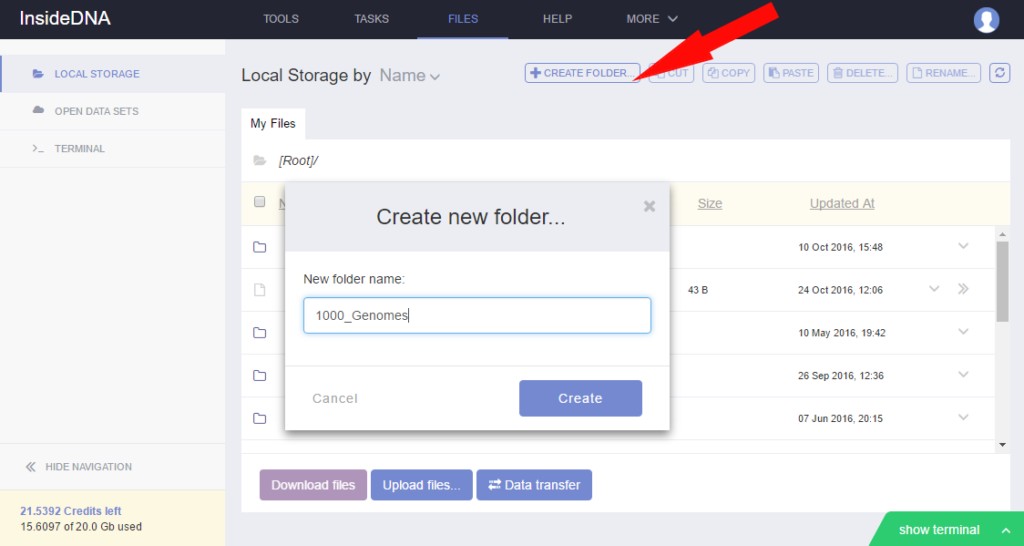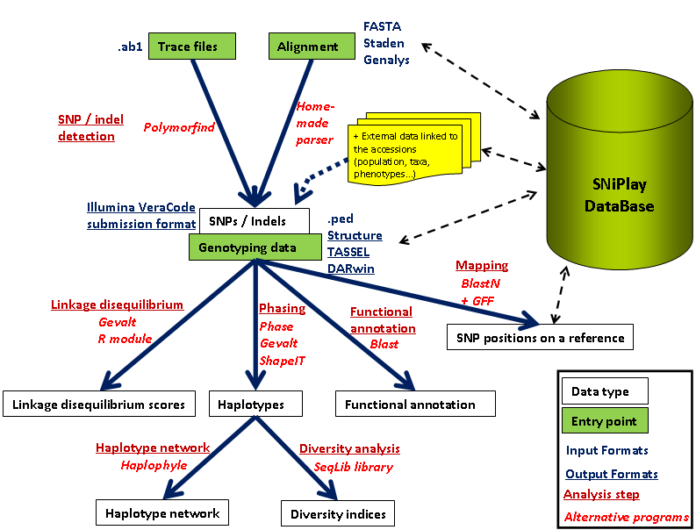In the domain of bioinformatics, genomic information change is a basic cycle, and the progress from PLINK VCF to PED is one of the most significant undertakings for scientists managing huge scope genotype information. This change is fundamental for the individuals who look to use the strong functionalities of PLINK, a broadly involved instrument for expansive affiliation studies (GWAS) and populace genomics. This article will direct you through the most common way of switching PLINK VCF over completely to PED, guaranteeing you handle the complexities and subtleties of this change.
Understanding PLINK VCF to PED Formats

What is a VCF File?
A Variation Call Organization (VCF) document is a standard configuration in bioinformatics for putting away quality grouping varieties. VCF records contain rich information, including metadata, variation information, and genotypes, and are fundamental in the portrayal of single nucleotide polymorphisms (SNPs), additions, erasures, and primary variations. Analysts favor VCF records for their capacity to minimally store data connected with genomic varieties across numerous people.
What is a PED File?
A PED document is a family record design utilized by PLINK. It contains fundamental genotype information alongside data on people, including family ID, individual ID, fatherly ID, maternal ID, sex, and aggregate. The PED design is direct and works consistently with PLINK’s devices for hereditary investigation. Changing over from PLINK VCF to PED is frequently expected to use the high level measurable investigation capacities of PLINK.
Steps to Convert PLINK VCF to PED
1. Prepare Your VCF File
Prior to changing over your VCF record to a PED document, guarantee that your VCF record is very much organized and contains just the essential information. This should be possible by sifting the VCF record utilizing apparatuses like bcftools or vcftools. Sifting helps in eliminating undesirable variations, people, or fields, making the transformation cycle more proficient.
bash
Copy code
vcftools –vcf input.vcf –remove-filtered-all –recode –out filtered_data.vcf
2. Use PLINK to Convert VCF to PED
PLINK offers a straightforward command to convert VCF to PED. Below is the command that facilitates this conversion:
bash
Copy code
plink –vcf filtered_data.vcf –recode –out output_data
This command will generate an output_data. ped and an associated output_data. map file. The PED file contains the genotype information, while the MAP file provides the genomic position of each SNP.
3. Verify the Conversion
After transformation, it’s critical to approve the PED record to guarantee the exactness of the information. Open the .ped and .map documents and investigate the initial not many lines to affirm that the information has been accurately organized.
4. Troubleshooting Common Issues
Once in a while, blunders might emerge during the transformation cycle. These could incorporate issues connected with missing information, contrary arrangements, or huge document sizes. The following are a couple of tips to conquer these difficulties:
- Missing Information: In the event that your PED record has missing genotype information, utilize PLINK’s choices to deal with or credit missing qualities.
- Incompatible Formats: Ensure that your VCF file adheres to the standard format specifications before conversion.
- Large File Sizes: If dealing with large datasets, consider splitting the VCF file into smaller chunks before conversion to avoid memory issues.
Why Convert PLINK VCF to PED?
Enhanced Analysis Capabilities
Converting PLINK VCF to PED enables researchers to perform a broader range of genetic analyses, particularly those that require linkage disequilibrium (LD) calculations, haplotype analysis, and association testing. PLINK’s advanced tools are optimized for PED files, making this conversion highly beneficial.
Data Compatibility
PED files are compatible with various bioinformatics tools beyond PLINK, allowing for more versatile data usage. This format’s wide acceptance in the field ensures that your data can be integrated with multiple analytical pipelines.
Improved Data Management
Working with PED files often results in more manageable data structures, especially when dealing with family-based studies. The explicit representation of familial relationships in PED files is critical for studies on inheritance patterns and disease linkage.
Best Practices for PLINK VCF to PED Conversion
1. Backup Your Data
Always create a backup of your original VCF file before initiating the conversion. This practice safeguards your data against accidental loss or corruption during the process.
2. Use Updated Tools
Ensure that you are using the latest version of PLINK and any other tools involved in the conversion process. Regular updates often include bug fixes and improvements that enhance the conversion accuracy.
3. Document Your Process
Keep a detailed log of the conversion steps, including the commands used and any issues encountered. This documentation is invaluable for reproducibility and troubleshooting in future projects.
CONCLUSION

All in all, switching PLINK VCF to PED over completely to PED is a central cycle in bioinformatics that enables scientists to use PLINK’s vigorous scientific devices. By following a deliberate methodology — setting up your VCF document, executing the change with PLINK, and investigating normal issues — you can guarantee a consistent and exact change. This change not just improves your information’s similarity with different bioinformatics apparatuses yet in addition streamlines it for complex hereditary examinations, for example, affiliation studies and populace hereditary qualities. Embracing best practices, such as sponsorship up information and utilizing refreshed devices, further guarantees the dependability and proficiency of your work.
FAQs
1. What is the essential utilization of the PLINK VCF to PED document in bioinformatics?
The PED document is principally utilized for putting away genotype information in a configuration viable with PLINK, empowering different hereditary examinations, including affiliation studies and populace hereditary qualities.
2. How can I handle missing data in PED files?
PLINK provides options for imputing or excluding missing data during analysis, ensuring the robustness of your results.
3. Is it possible to revert from PED to VCF?
Yes, tools like PLINK allow for the reverse conversion, though some information may be lost in the process.
4. What is the difference between PLINK VCF to PED files?
While the PED file contains genotype information, the MAP file provides the genomic positions of the SNPs.
5. Can I convert large VCF files to PLINK VCF to PED without running into memory issues?
Yes, by splitting the VCF file into smaller parts and processing them individually, you can manage large datasets efficiently.


